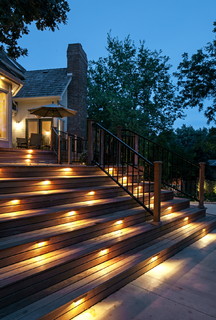Imagine the convenience of disarming your alarm system while in your driveway, or checking in on your teenagers or your pet while you're out of town? With today's new interactive services all this is possible and more.
Through cutting edge technology from leading security companies such as Reliance Protectron and their myprotectron.com portal system you can control your home security system from anywhere via the web or your smartphone, including arming and disarming your alarm, locking or unlocking your front door, controlling lights and appliances as well as your home's thermostat from a distance.
“You can even have video surveillance and be alerted to view the comings and goings of cleaning staff or house sitters on your phone, according to Patrice De Luca, VP of Marketing and Customer Care for Reliance Protectron Security Services. “Its powerful functionalities make this the most advanced home-security technology available—and at a very attractive price.”
In addition to Protectron's state-of-the-art monitoring services, myprotectron.com interactive home security services lets you have full control over your system with a wealth of monitoring and home automation tools. For example, you can get real-time updates on doors and windows, watch live and recorded video feeds, and review “event histories” for when your kids get home from school or when cleaning or maintenance crews come and go.
 All this control is accessible by logging in to your myprotectron.com account from your personal computer, BlackBerry, Android, iPhone app or any web-enabled device.
All this control is accessible by logging in to your myprotectron.com account from your personal computer, BlackBerry, Android, iPhone app or any web-enabled device.
The interactive security system requires no landline or Internet connection; instead, the signal from your security system travels wirelessly using a dedicated, encrypted and secure connection. When trouble strikes, it interacts with Protectron's monitoring centres to send out an immediate response. So unlike traditional security alarm systems that rely on a telephone line, it works in every home and can't be defeated by a burglar snipping or tampering with the wire.
“The interactive system features a state-of-the-art colour touch-screen interface, GSM (cellular) transmitter (radio), integrated two-way voice, along with the built-in Z-Wave RF transmitting protocol, making it the most advanced home-security technology available,” added De Luca.
The system will keep you updated on anything you want to know about the security of your property while you're away with email or text message alerts when specific sensors are activated giving you unprecedented control over the security of your home or business. More information and instructional videos on protecting your home on the go is available online at www.protectron.com.
www.newscanada.com








